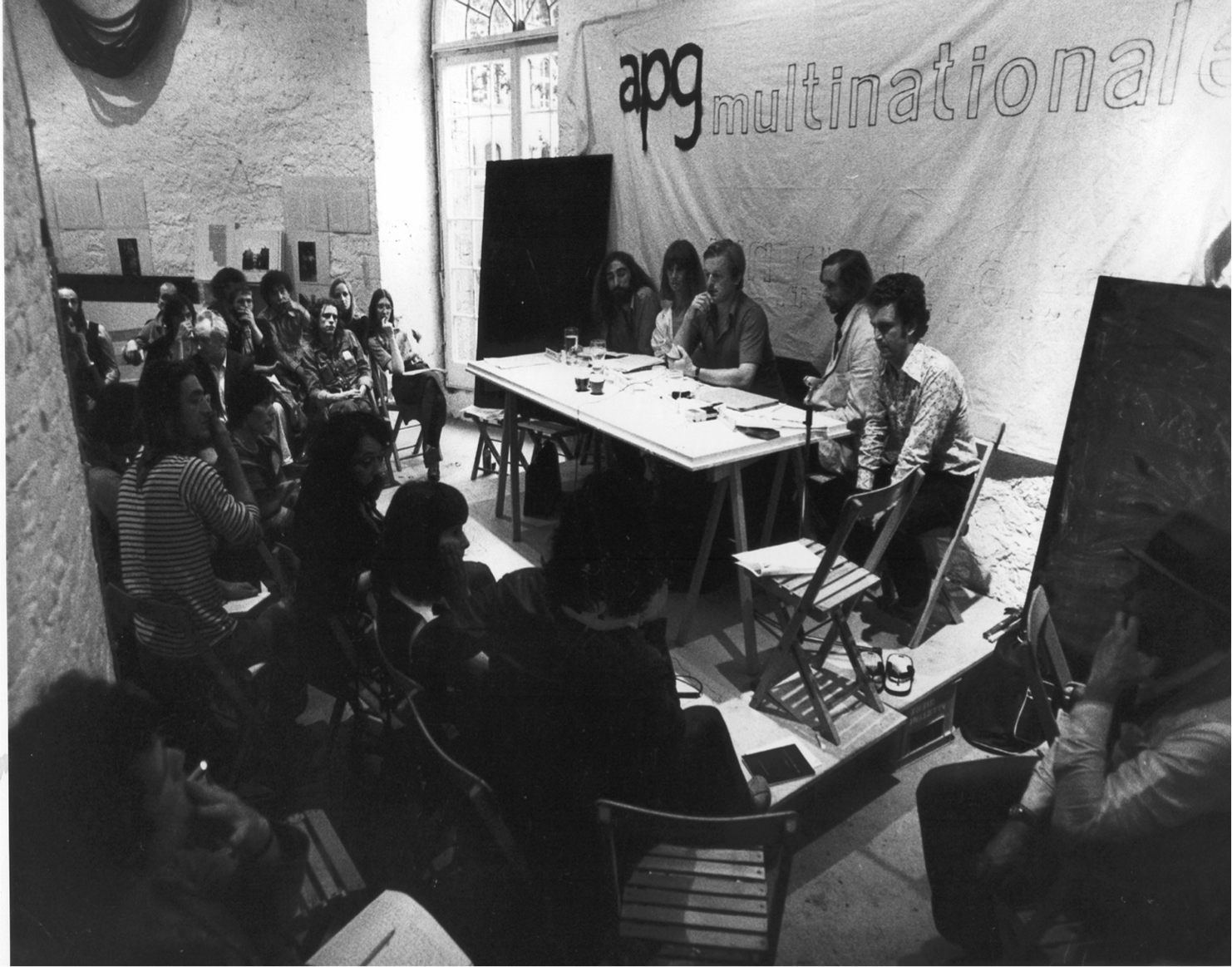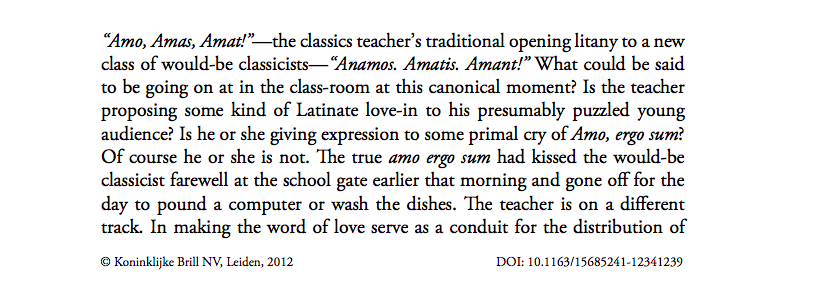Nicholas Tresilian, the art historian, discusses art’s instrumentality as an evolutionary enabler.
Youtube link: [https://youtu.be/lNYhQRvXj-E]
The Evolution of Western Art
Nicholas Tresilian, the art historian, discusses art’s instrumentality as an evolutionary enabler.
Youtube link: [https://youtu.be/lNYhQRvXj-E]
Nicholas Tresilian, the art historian, talks about how art rocks ‘n’ rolls between the aesthetic and the ritualistic.
Youtube link [https://youtu.be/Zq4MGZmAzjA]
Nicholas Tresilian talks about a global ritualistic art as an alternative to political institutions in an unstable world to come:
Recorded: Oxford, Oct 31, 2020
Youtube link: [https://youtu.be/ABUOl_gV1mI]
Nicholas talks about the complementary relationship between change in art and change in the human ecology:
Recorded: 24th Sept 2020 – Oxford, UK
Today I publish my personal memoir of 20 years working with the most incorruptible of all English artists, John Latham. As successively a board member of two of the organisations he and Barbara Steveni founded – Artist Placement Group Ltd (APG) and Organisation and Imagination Ltd (O&I) – the latter of which I was also a founding member. John’s biography by John A Walker remains the key comprehensive account of his life. Mine is an entirely personal memoir of my years of working together with this deeply enigmatic and influential artist, who was also creator of Time-Base Theory (TBT), and whom I love personally very much – though he was certainly the world’s worst driver of a car.

For Nicholas’s recollections of Joseph Beuys at the event:
Today, we are adding Nicholas’s seminal 2012 paper to the site. It is entitled ‘The Lake of Black Swans’, and was published in Kronoscope 12:2 (2012), the journal of the International Society for the Study of Time (ISST), of which Nicholas was Vice President, 2004-7. Here is the abstract, with the link to the paper below.
Abstract: The conventional Western understanding of communication is profoundly asymmetric, biased towards a formal concept of communication as a one-way distribution of meaning from a Sender to a Receiver—the view enshrined in the Information Theory of Claude Shannon and implicit in Dawkins’ theory of the meme as a semantic replicator.
Rational communication in the form of science has been singularly successful in identifying the probable and predictable, and thus in revealing nature’s laws. For the same reason rationality is fundamentally inadequate as the basis for a discourse with our chaotic planetary environment, where the probable and predictable are always in conflict with the improbable and unpredictable . . . a veritable lake of black swans (Taleb 2008).
The paper suggests that for our species to survive in that increasingly turbid lake we will need a more inclusive understanding of communication, taking into account both rational and relational communication, both the analytic and syncretic forms of meaning. The paper argues that the emergent forms of relational meaning have the potential to offer a more effective engagement with global risk than the predictive forms of the rational.
Here you can read Nicholas’s full paper, The Lake of Black Swans, published in Kronoscope 12:2 (2012), the journal of the International Society for the Study of Time (ISST):
The Lake of Black Swans, Nicholas Tresilian, Kronoscope, 2012
